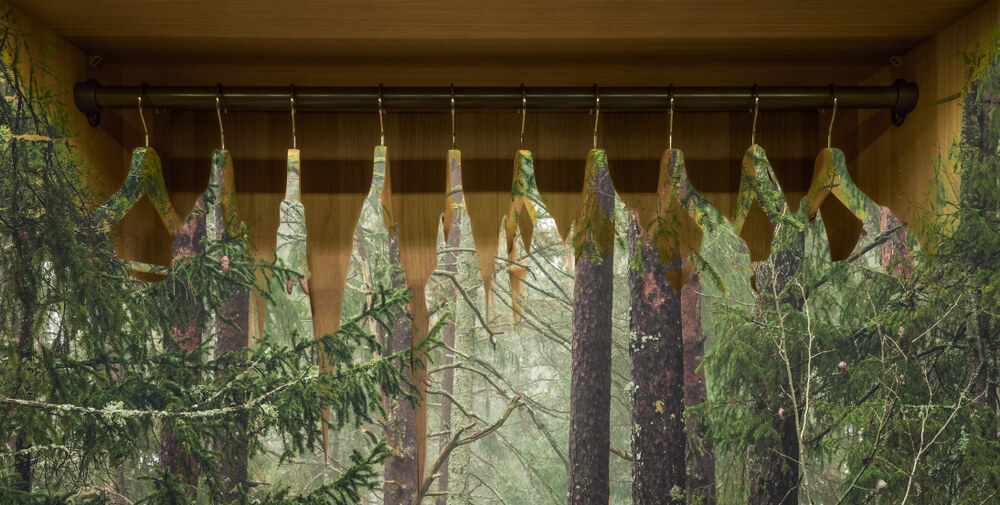In the world of fashion, there’s a growing movement that’s not only about looking good but also about doing good for the planet. Sustainable fashion, a term that’s gaining traction, embodies the idea that fashion can be both stylish and environmentally conscious. In this article, we’ll explore the exciting realm of sustainable fashion, where style meets eco-consciousness.
The Call for Sustainability
Before we delve into sustainable fashion, let’s understand why it has become a critical movement:
Environmental Impact: The conventional fashion industry is known for its environmental toll. From water pollution to excessive waste, the fast fashion cycle has been harmful to our planet.
Ethical Concerns: Beyond environmental issues, concerns about fair labor practices in the fashion supply chain have come to the forefront.
Consumer Awareness: Today’s consumers are increasingly aware of the impact of their choices. Many are seeking alternatives that align with their values.
What Is Sustainable Fashion?

Sustainable fashion is an umbrella term that encompasses various practices aimed at reducing the negative environmental and social impacts of the fashion industry. Here are some key aspects of sustainable fashion:
1. Eco-Friendly Materials
Sustainable fashion promotes the use of eco-friendly materials, such as organic cotton, hemp, and Tencel. These materials are grown and processed with minimal environmental impact.
2. Slow Fashion
The slow fashion movement encourages consumers to buy less and invest in high-quality, timeless pieces that last longer. This reduces the cycle of rapid consumption and disposal.
3. Ethical Production
Sustainable fashion brands prioritize fair wages and safe working conditions for their employees. Ethical production is a core principle of the movement.
4. Recycling and Upcycling
Sustainable fashion embraces recycling and upcycling. Old clothing is given new life through creative design, reducing textile waste.
5. Local and Artisanal Production
Supporting local artisans and small-scale producers is another facet of sustainable fashion. It reduces the carbon footprint associated with long supply chains.
How to Embrace Sustainable Fashion

Now that we’ve covered the principles of sustainable fashion, let’s explore how you can incorporate it into your wardrobe:
1. Conscious Shopping
Before making a purchase, ask yourself if you truly need the item. Look for brands that align with sustainable values and offer transparency about their practices.
2. Quality Over Quantity
Invest in quality pieces that will stand the test of time. They may cost more upfront, but they’ll save you money in the long run and reduce your environmental footprint.
3. Thrifting and Secondhand Shopping
Explore thrift stores and online secondhand shops. You’ll find unique, pre-loved items while reducing the demand for new production.
4. Eco-Friendly Brands
Discover brands that prioritize sustainability. Check their certifications and practices to ensure they meet your eco-conscious criteria.
5. Clothing Care
Extend the life of your garments by following care instructions. Wash clothes in cold water, air dry when possible, and mend any minor damages.
6. Clothing Swap and Share
Organize clothing swaps with friends or participate in community exchange programs. It’s a fun way to refresh your wardrobe without buying new items.
The Future of Fashion
Sustainable fashion is more than just a trend; it’s a movement with a mission. As consumers demand eco-conscious choices, the fashion industry is adapting. Major brands are incorporating sustainability into their practices, and new, innovative materials are emerging.
In the not-so-distant future, we may see a fashion industry that’s not only stylish but also genuinely sustainable. The key lies in our choices as consumers. By supporting sustainable fashion, we can contribute to a greener, more ethical fashion landscape.
So, the next time you shop for clothing, consider the impact of your choices. Sustainable fashion is a step toward a brighter, more eco-conscious future where style and sustainability coexist harmoniously.
[Note: This article provides general information about sustainable fashion and does not constitute professional advice. For specific fashion recommendations, consult experts in the field.]






Leave A Comment